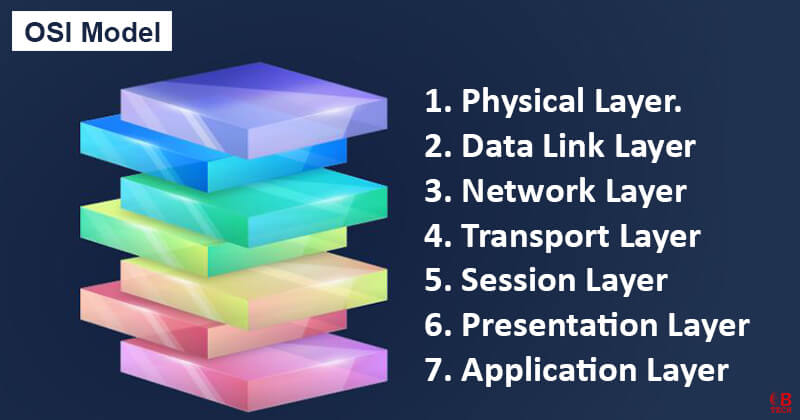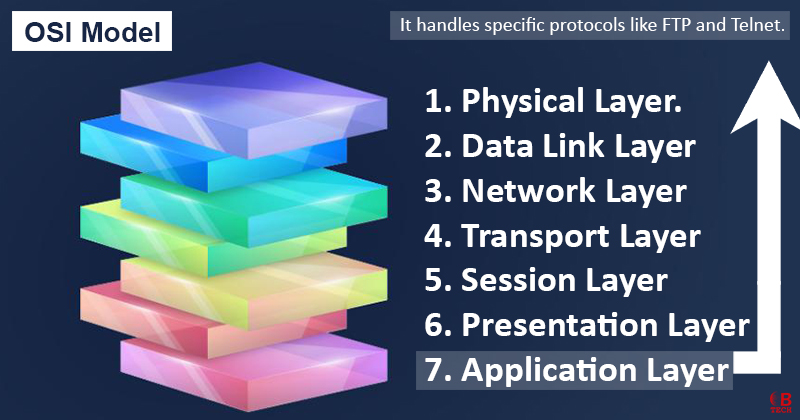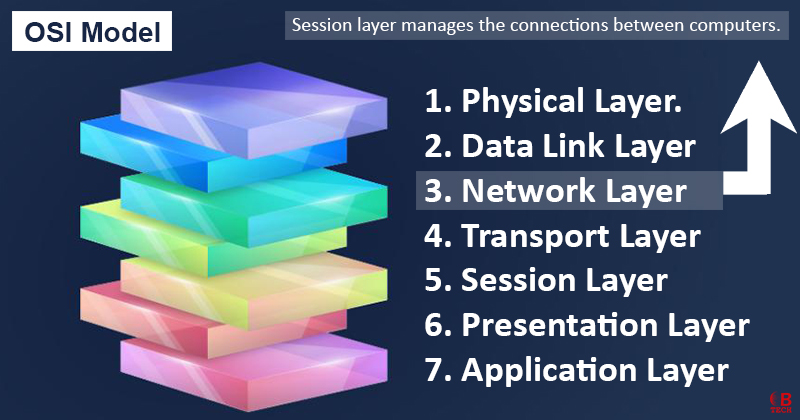Meaning
The application layer is the topmost layer in the seven-layer OSI model, which is a way to understand how networks operate. It deals with the software applications that need to connect and communicate over the network. This layer makes it possible for different programs to link up and share information across the internet, focusing mainly on the services that users interact with directly.
Techbonafide Explains Application Layer
The OSI model is essentially a framework used to understand network operations, rather than a strict set of rules. It’s often compared to an onion because, like peeling an onion, understanding the OSI model involves looking at each layer one by one, from the outside in.
At the top of the OSI model is the application layer, which is what most software applications interact with. Underneath the application layer is the presentation layer, followed by the session layer, the transport layer, the network layer, the data link layer, and finally, at the very bottom, the physical layer. The physical layer deals with the actual physical connections of the network hardware.
Abstraction in this context means that each layer is built upon the simpler, more basic functions of the layer below it. This is like looking at the core of the onion or the foundational block in a stack of technology. Each layer simplifies the complexities of the network, making it easier to manage and understand.
Understanding the Application Layer
The application layer is a crucial part of networking that handles specific protocols like FTP (File Transfer Protocol) and Telnet, which manage data sent over the internet. It’s also where web browsers operate and where protocols like SNMP (Simple Network Management Protocol), HTTP (Hypertext Transfer Protocol), and HTTPS (HTTP Secure) come into play. Essentially, this layer helps different software applications communicate over a network.
Presentation Layer & Its Relation to the Application Layer
The presentation layer is a critical component of network structure, located just below the application layer. It’s sometimes referred to as the “syntax layer” because it handles the transformation of data into a format the application layer can use.
This includes tasks like encryption and data formatting, which are essential for secure and effective communication between applications.
Simplified Overview of Network Layers
To simplify, think of the OSI model as a stack of tasks that help computers communicate:

- The session layer manages connections (sessions) between network devices.
- The presentation layer focuses on encrypting and formatting data.
- The application layer oversees activities related to software applications, like web browsing or using web-based services.
The application layer is particularly important for network administrators because it guides how data travels through a network at the application level. It uses Application Programming Interfaces (APIs) to allow different applications to “talk” to each other. APIs act like bridges between different software, making sure they can work together smoothly.
Application Layer & Emerging Technologies
The application layer is also vital for the future of connected devices, such as in the Internet of Things (IoT). As more devices become connected, this layer’s role in managing communications will expand significantly. It’s also expected to play a big part in the development of “Web 3.0,” which will involve new types of online interactions and connectivity.



